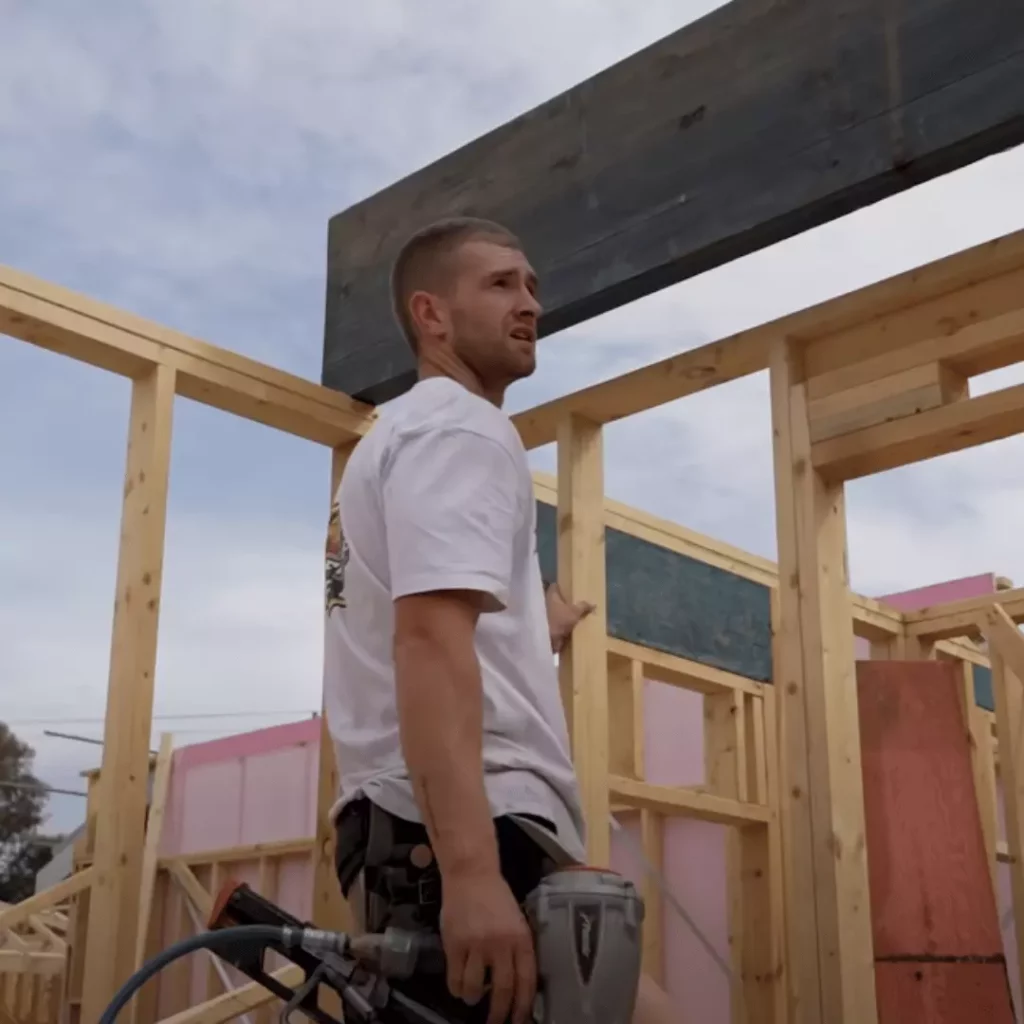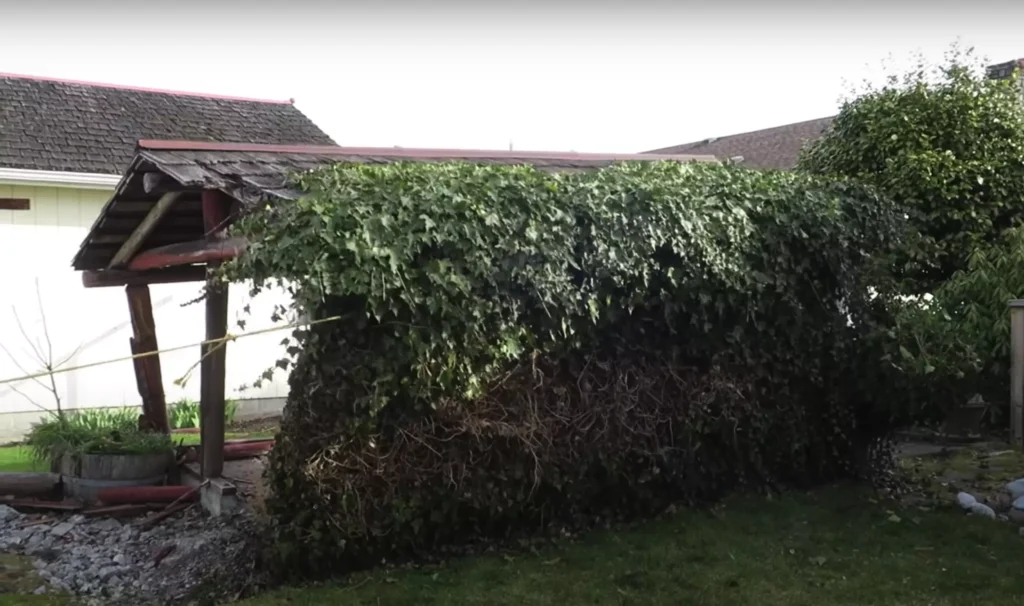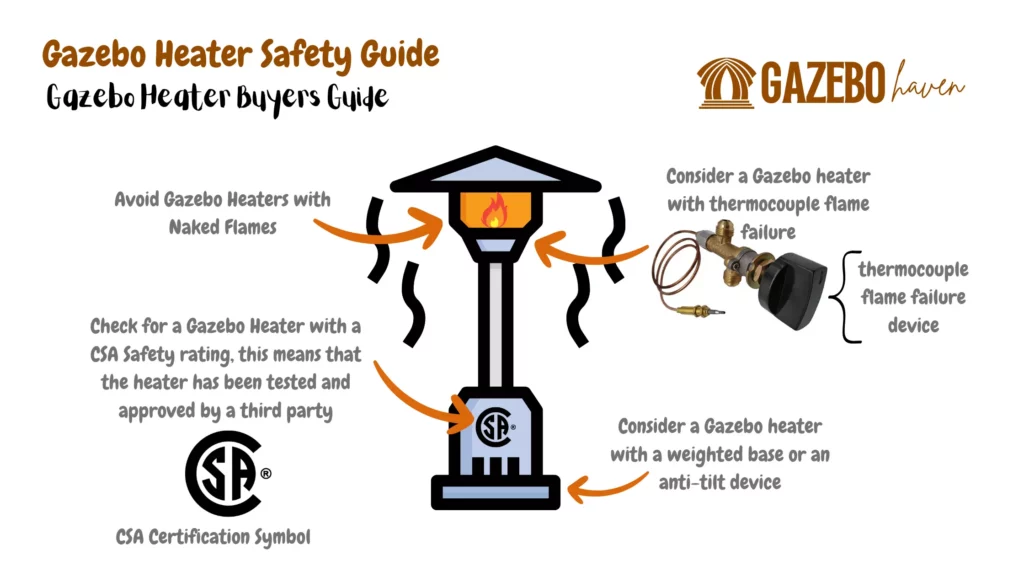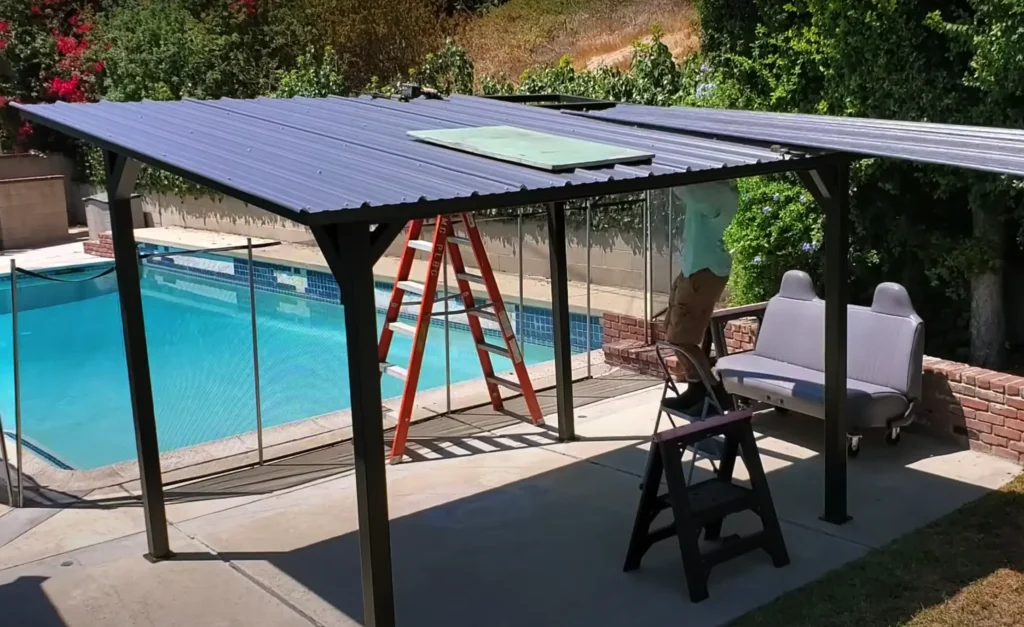Discover effective methods to anchor a gazebo securely and maintain stability in any weather, and expert tips to ensure your gazebo (no matter the size of your gazebo) remains firmly anchored by using straps, gazebo planters weights to provide a safe and enjoyable outdoor space for years to come.
Anchoring the gazebo with planters is a trending design concept that integrates functional and aesthetic appeal to our gazebos; it creates an inviting and harmonious environment in our gazebo and backyards.
To anchor the gazebo with planters, you will provide stability and needed support to prevent your gazebo from being blown away by the wind; anchoring a gazebo with planters will also elevate the design and ambience of your gazebo by using gazebo planters to your gazebo design.
In this article, we will provide you with gazebo anchor ideas, instructions on anchoring a gazebo with planters, potential design considerations, tips, and best practices for incorporating planters to anchor your gazebo.
Benefits of Anchoring Gazebo with Planters
As outdoor designers and constructors, we recommend anchoring your gazebos with planters; they provide stability and structural support to your gazebo privacy walls and other gazebo accessories and help them maintain their integrity over time.
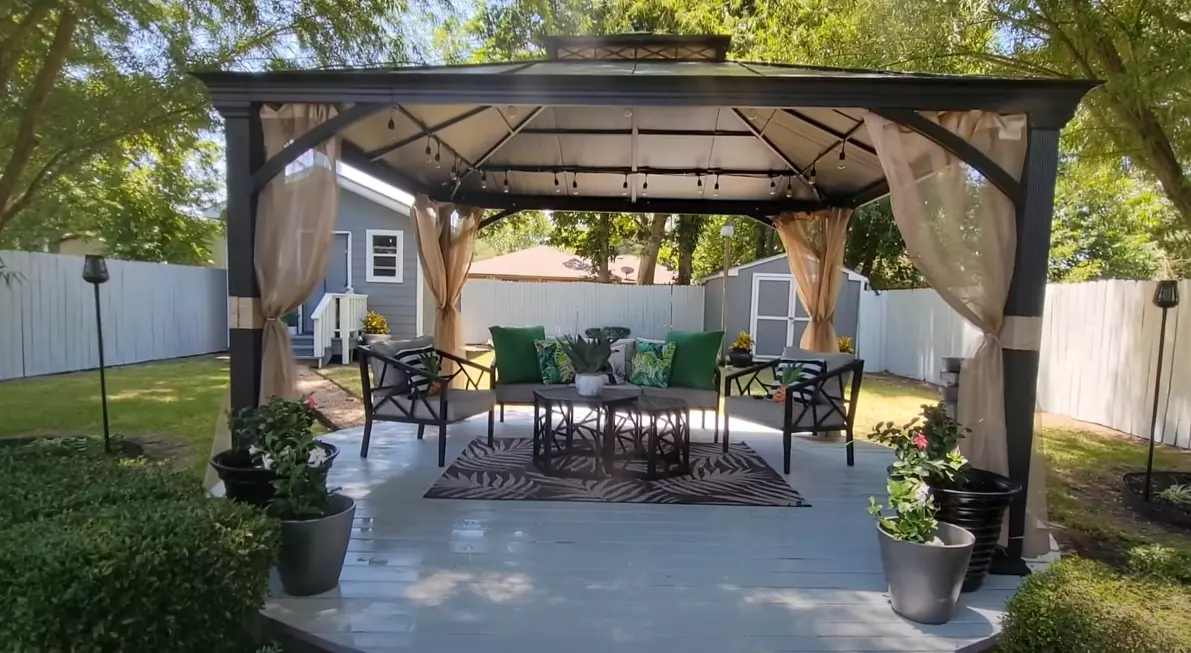
Gazebo planters also offer versatile design options since you can choose a wide selection of planters based on their design, size, materials, and finishes to enhance your outdoor décor with greenery for added beauty or even achieve a cohesive and well-designed gazebo by matching your gazebo furniture with the planters.
How do you anchor a gazebo with planters?
Here is a step-by-step process to follow when anchoring your gazebo with planters.
Preparing the Gazebo and the Planters’ Placements Locations.
Before processing with anchoring a gazebo with planters, it’s essential to assess your needs and personalization considerations and prepare the site where the gazebo and planters will be placed; you should ensure that the planters the ground is level and add a layer of gravel or sand to help with drainage, remove obstacles, and also ensure the planters placement locations provide the optimal conditions for the planters to provide stability and support.
Purchasing and Installing your Gazebo Planters.
The next step involves purchasing the planters; various planters are available on the market based on size and capacity, style and design, materials, and planter features such as drainage, insulations, and weight.
Best Gazebo Planters for Anchoring a Gazebo.
Highlighted below are some of our edits on the best gazebo anchors based on the materials they are made from, including plastic planters, ceramic planters, metal planters,
Best Plastic Planter for your Gazebo.
If you are considering a plastic planter, we recommend Janska by Mueller M-Resin Heavy Duty Tall Planter; they come in five sizes ranging from 24×11.5 inches to 27.5×14″ to support your gazebo. We do recommend adding a heavy material such as a brick to the bottom of the planter and also using a drill to screw or bold the planter to your gazebo; you can also use straps to anchor your gazebo to the planter; it’s a tall 24-inch planter that gives you lots of anchoring capabilities.
Best Plastic Planter for Anchoring a Gazebo
Janska by Mueller M-Resin Heavy Duty Tall Planters are stylish and modern designs with a matte finish, and their interior finish includes wavy shapes that add decorative flair; being plastic planters, the Janska by Mueller M-Resin Heavy Duty Tall Planters are durable, and frost and sun resistance retaining their colours even after being exposed to outdoor weather elements, they have an inbuilt drainage system and convenient inner handles.
If you are considering plastic planters, we recommend Janska by Mueller M-Resin Heavy Duty Tall Planter to anchor and enhance the décor of our gazebo with a modern design and durable planter.
Best Ceramic Planter for your Gazebo.
For gazebo owners looking for a ceramic planter, we recommend the Rivet Mid-Century Ceramic Planter with Stand; you can use the Iron stand to anchor your gazebo using straps and support the sturdy frame with the heavy ceramic planters made of 100% stoneware.
Best Ceramic Planter for Anchoring a Gazebo
The Rivet Mid-Century Ceramic Planter with Stand is heavy and has a drain plug that is well made; the design matches well with a contemporary hint of a farmhouse and mid-century designs, which offer convenience in comparing it with your gazebo furniture and interior and exterior designs of the gazebo.
Best Metal Planter for Anchoring a Gazebo.
Anchoring a gazebo with a metal garden box planter offers a unique and innovative approach to adding stability and adding functionality in the process; the Koutemie Outdoor Raised Planter Box with Legs is our top consideration when it comes to metal planters; its made of durable powder-coated metal materials with legs that can be used to serve as a strong anchor point for your gazebo.
Best Metal Planter for Anchoring a Gazebo
We recommend using straps to anchor your gazebo support frames to the Koutemie Outdoor Raised Planter; ensure the connection is tight and secure to provide a stable anchor point.
Using the Koutemie Outdoor Raised Planter, you can use the bed to grow plants, flowers or herbs in a functional, versatile solution that combines gardening and anchors your gazebo in a stable, practical, and aesthetically attractive metal planter.
Best Wooden Planter for Anchoring Gazebo.
You can also use a wooden planter to anchor your gazebo; our number one recommended planter is using Recycled Wood Rectangular Garden Planter with powder-coated steel legs and frames that you can use to support the gazebo with straps or brackets. You can also drill holes in the wooden planter and use bolts to anchor your gazebo to the ground.
Best Metal Planter for Anchoring a Gazebo
The Recycled Wood Rectangular Garden Planter is not only doesn’t it the best planter for gazebo posts but also adds visual appeal to your gazebo décor by integrating plants to provide a natural and charming aesthetics that complement the natural looks of your gazebo and backyard.
Installing your Gazebo Planters
There are three methods of anchoring a gazebo with planters, the first one involves placing the legs of your gazebo outside the planters and securing your gazebo legs to the planters using sip ties as shown in the infographic image below, we recommend this method for light gazebos such as pop-up gazebos that are taken down when not in use.

For permanent and heavy gazebos, such as hardtop gazebos, we recommend anchoring the gazebo by placing the legs of the gazebo inside the planters, as shown in the infographics image below:
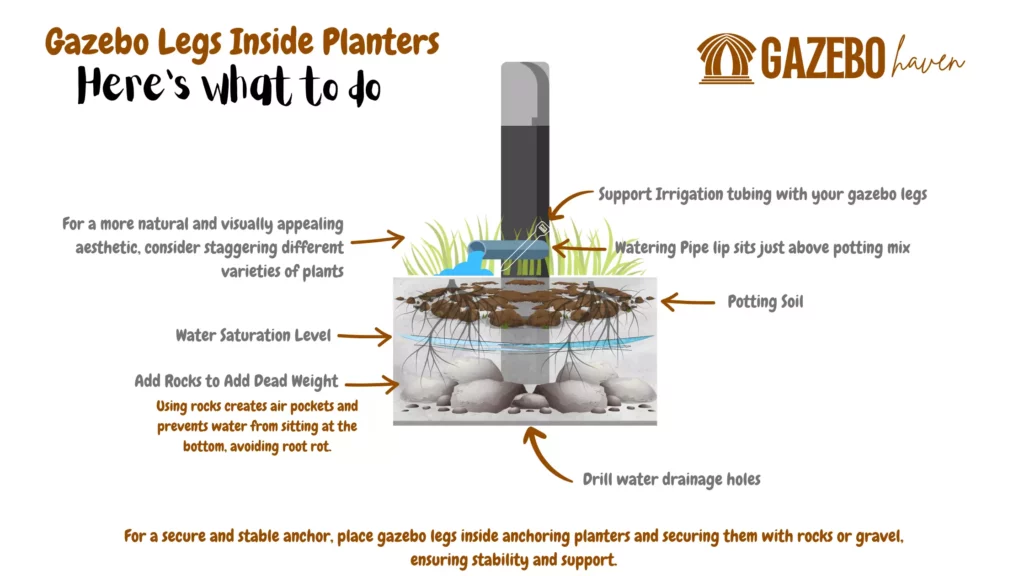
For both soft-top and hardtop gazebos, you can install hanging gazebo planters, that are hung on gazebo legs, we recommend hanging gazebo planters for gazebos that are taken down after use and also for use on permanent gazebos, here is an infographic showing how to place hanging gazebo planters to anchor your gazebo to the ground.

Adding Gazebo Planter Weights
Once you have purchased gazebo planters, you can add gazebo planters weights such as gazebo leg weights, or rocks inside the planters depending on the stability needed to support the gazebo, from there you will need to fill the gazebo planters with soil and plant your chosen outdoor plants based on your climate and lighting conditions, you will need to water and fertilize the plants.
Planting on Gazebo Planters
We recommend choosing the right plants based on your climatic conditions to create an evergreen appearance in your gazebo. Some of the plants you can use include Flowers and Ornamentals (Petunias, Geraniums, Marigolds, Impatiens, Begonias, Pansies, Snapdragons, and Nasturtiums)
You can plant herbs such as Basil, Mint, Rosemary, Thyme, Parsley, Chives, Cilantro, or Sage. If you value foliage plants, you can grow Ferns, Coleus, Hostas, Ornamental Grasses, Heucheras (Coral Bells), Caladiums, Elephant Ears (Colocasia), and Ficus trees (suitable for more giant planters); you can also consider Succulents and Cacti Plants which offer low maintenance such as Jade Plant, Aloe Vera, Echeveria, Sedum, Sempervivum (Hens and Chicks) and Agave.
For added aesthetics, you can use climbing plants, but be aware that these plants will climb to your gazebo and privacy walls, or screens, climbing plants to consider includes Clematis, Morning Glory, Honeysuckle, Trumpet Vine, and Climbing Roses
For those who fancy a garden in their backyard, you can plant edible plants such as Tomatoes (determinate or bush varieties), Peppers (bell peppers, chilli peppers), Lettuce, Strawberries, Radishes, Cucumbers (dwarf or compact varieties), and Dwarf Fruit Trees (suitable for more giant planters)
Last update on 2024-07-13 / Affiliate links / Images from Amazon Product Advertising API




